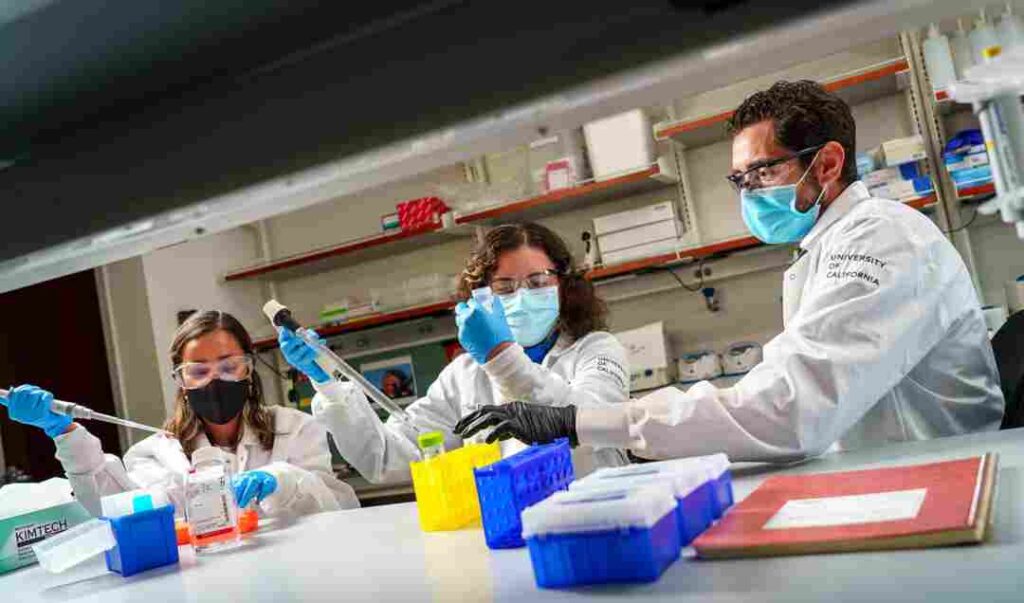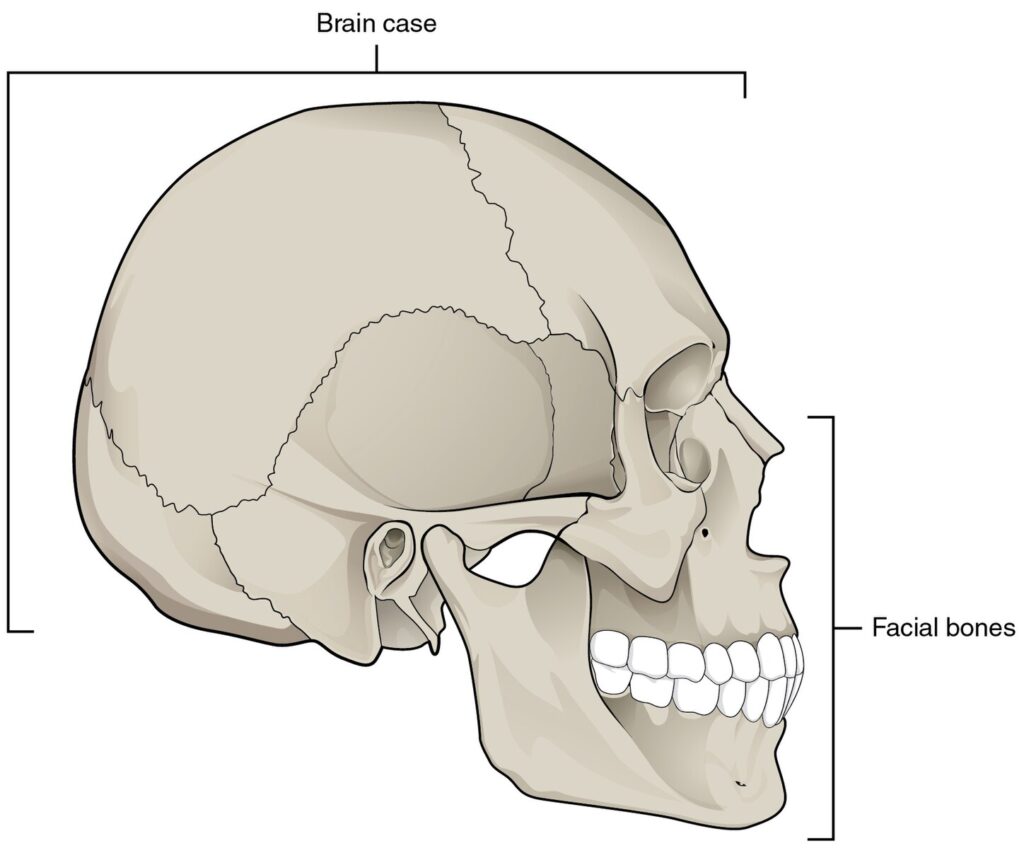Now Reading: Use of Forensic Mycology in Criminal Investigation
-
01
Use of Forensic Mycology in Criminal Investigation
Use of Forensic Mycology in Criminal Investigation
Introduction:
Forensic science is a multidisciplinary stream, which includes the application of scientific knowledge with respect to forensics. Plants and plant parts, bones, teeth, fabrics and microbes are some of the potential pieces of evidence which are extremely common in the environment but their use in Forensic Science has not received much attention. One such possible evidence includes the members of the Kingdom Fungi which are among the most widely distributed organisms on Earth.
The study of members of Kingdom Fungi is called as Mycology. Fungi are eukaryotic in nature and can be unicellular as well as multi-cellular. They are heterotrophs. Mushrooms, Toadstools, Yeast, Penicillium are some of the commonly found Fungi.
The use of mycological evidence for criminal investigations and its testing in court is called as Forensic Mycology. Fungi play a vital role in the process of decomposition but they are not often used in forensic studies of human and animal remains. Most of the Fungi found are related to corpses and are also found in alternative substrates with high ammonia levels. One such Fungus is Hebeloma syriense which has earned itself the title ‘The corpse finder’.
Fungi as a Trace Evidence
Fungi also acts as trace evidence (these are the objects or substances which act as an evidence when a contact is made between the suspect, victim or the crime scene). Unlike plants, fungi (including lichen fungi) may grow on objects such as stone, brick, tiles, paving stones, wooden objects, leather, plastics, rubber, and textiles acting as trace evidence. Fragments of lichens, mouldy objects will be separated and will be involved in items that are vital in a criminal investigation.
Fungi as an indicator for determining time since death (post-mortem interval)
Although healthy humans can have fungal infections but the fungi frequently found growing on and in corpses are those that are not generally able to colonise living tissue. A corpse buried directly in soil frequently shows signs of moist decomposition with skin slippage and fungus development. Janaway et al. stated that soil fungi might be found on the body surface‘‘after the major phase of decomposition’’, and mentioned that‘‘moulds start to appear on the surface of the body’’ in the first week after death.(https://www.researchgate.net/publication/45199583_Forensic_mycology_the_use_of_fungi_in_criminal_investigations ) It is believed that fungi could help in determining the time of death, provided the temperature data concerning the fungi which is found is available. The reliability of any estimates made will rely on the accuracy of the identification of the fungus, the storage methods for the body, and the availability of data on the temperature and humidity at the site.
Fungi as an indicator to locate corpses:
Some mushrooms will not produce sporophores until 1–2 years of being disturbed but it is a characteristic of disturbed ground. Fungi reproduce sexually and asexually and as a result it produces a large number of spores as a means of dispersal. Although, all the fungi species do not produce spores, the species which produce spores can have characteristic morphologies that facilitate their identification. Some fungi have restricted distributions, specific ecological requirements and produce spores only at specific time(s) of year. Hence, their presence may be useful in associating a person or object with a locality.
Fungi used as a weapon in Biological warfare:
Many species of fungi such as moulds and mushrooms can produce toxins and the action of most of them is long-term (for example, they are carcinogens) and some can be cultured in VATS ( block that acts as a light source when it is placed down) in large amounts and produce quicker-acting substances that have potential as biological weapons. Fungal parasites of plants can be used as biological warfare weapons as they can be developed to destroy crops in the same way they are used for weed control.
Fungi as Psychotropic and toxic Substances:
Several different fungal species are reported to be the cause of fatal poisonings. A variety of mushroom species are extremely poisonous and can cause death if treatment is not obtained soon enough. It is because of this fact that they have been exploited by culprits from time to time. For example, some neurotropic Psilocybe species can be relevant in forensic situations apart from their normal geographical areas as they are exported from Central America into Europe. Some can be cultivated indoors as well as outside.
Fungi as an indicator for Time of deposition:
Exposed bones can be colonised by fungi like mould under ambient conditions. Lichen colonies of, in particular, Caloplaca and Lecanora species can develop if the bone is exposed for many years in well-lit situations. A good indication of minimum periods of exposure is given by colony diameter.
Relation between Forensic Mycology and toxicology:
The main significance of mycological evidence with respect to toxicology emphasises on mycoses (fungal infections) and mycotoxines. These fungal agents can be of high forensic value in terms of detecting environmental backgrounds of suspects/victims, matching between scenes/tools/objects as well as establishing contributory factors prior to death. Ramirez et al. (2012) indicated that some microbes can proceed from the mucosal surface to various body tissues and fluids and lead to microbiological degradation of drugs and poisons affecting their concentrations or metabolic profiles in the body.
Legal approach for Fungi:
Growing, gathering or possessing the fungi doesn’t contravene any laws but any effort at preparation (such as cutting, drying, powdering or freezing and packaging) renders it as a Class A controlled drug. Identification and linkage of mould species with an individual’s health issues, food condemnation or house-hold damage could be important in a legal case.
Conclusion:
It is evident that Forensic Mycology is still a budding field. Study of Fungi is called as Mycology and applications of Mycology in the field of Forensic Science is called as Forensic Mycology. It plays a vital role in the process of decomposition of living beings. It is useful in recognising trace evidence; estimating time since death (post-mortem interval); determining time of deposition; investigating the cause of death; locating interred corpses; and biological warfare, etc. Application of Forensic Mycology is helpful in criminal investigations as well as testimonies in court. As of now, there have been significant applications of Forensic Mycology with respect to Forensic Medicine and Forensic Toxicology. There are certain legal aspects pertaining to the preparation of Fungi. The presence of Fungi inside the corpse can affect the constituents of the body.
REFERENCES:
1. 1. https://biologydictionary.net/fungi/
2. 2. Gunn, A, (2006), Essential Forensic Biology
3. 3. https://www.researchgate.net/publication/45199583_Forensic_mycology_the_use_of_fungi_in_criminal_investigations
4. 4. https://www.researchgate.net/publication/286481964_Forensic_mycology_current_perspectives








